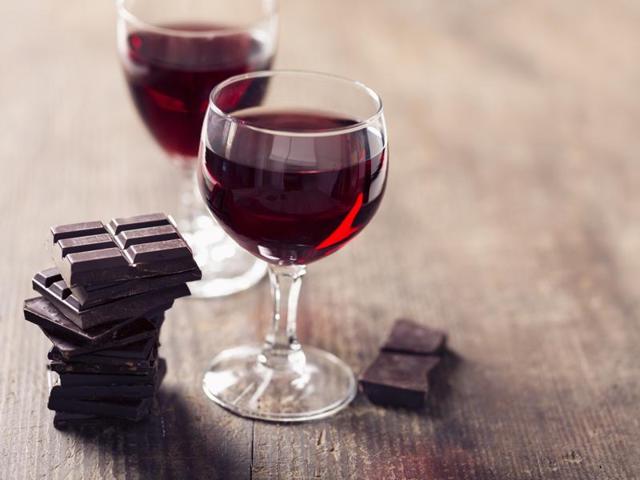25 years of reforms: The role of hard liquor
Opening up the economy has proved to be a blessing. It is these fine spirits, generously imbibed, that impart the warm optimistic glow and confidence so necessary to get the economy galloping away
You must have come across a spate of write-ups in newspapers and talk shows on TV on 25 years of liberalisation. Apparently, as a result of doing away with the licence raj and opening up the economy in 1991, businessmen rushed to set up industries and people started working very hard and we all climbed out of poverty and the economy’s growth rates shot up.

Read: The Cocktail Party of India will fight for the right to booze
They’ve obviously got it wrong. Sure, we’ve come a long way since 1991, but is that because we all wanted to buy hatchback cars and double-door fridges and flat TVs and a wide variety of biscuits? No sir, we Indians don’t stoop so low. The secret sauce powering our economy is something far loftier. What could have sparked our ‘animal spirits’, the spontaneous optimism that great economists like John Maynard Keynes have talked about? In ‘The General Theory of Employment, Interest and Money’, Lord Keynes wrote, ‘Most, probably, of our decisions to do something positive……can only be taken as a result of animal spirits.’ Clearly, ‘animal spirits’ are at the heart of the matter.
Let’s consider the latter half of the phrase, or spirits. Those of you who were drinking before 1991 will remember how little choice we had back then. All we had was IMFL (India made foreign liquor) with terrible whisky that was actually rum ashamed of calling itself by its proper name. The local beer was full of glycerine. Calcutta under CPI(M) rule was a prime example of the state you could descend to as a result of drinking Indian vodka. In fact, before liberalisation, it was our excellent rum, mainly Old Monk, which kept the economy going.
Now, 25 years later, everything has changed. The choicest Scotch whisky is easily available in local booze shops, as are Russian vodkas, American bourbon and the best spirits from all over the world. Opening up the economy has indeed proved to be a blessing. It is these fine spirits, generously imbibed, that impart the warm optimistic glow and confidence so necessary to get the economy galloping away.
Read: Bihar booze ban: The glass won’t be empty for too long now
Many alcoholic drinks are also named after animals. We had one of them even when the British ruled us. Lion beer was first brewed in Kasauli in the nineteenth century. Whatever little economic growth we had before independence was due entirely to it. Kingfisher beer, although named after a bird rather than an animal, was launched in 1978 and was largely responsible for the growth spurt of the eighties. Yes, beer isn’t spirits, which is why growth was weak, but it’s near enough.
Today we have Tiger and Cobra beer. You can get Grey Goose and Snow Leopard vodka. We have Royal Stag and White Horse and Black Dog and Wild Turkey. In short, we now have an abundance of animal spirits.
Read: Alcohol, being vegetarian, will never be banned here
Does the Indian economy have nothing to fear then? There is one big risk — the deplorable tendency towards prohibition. The hope is that patriotic booze smugglers, ideologically committed to the free market, will ensure an abundant supply of spirits is easily available in every paan shop in Bihar and Kerala, boosting growth there, just as they have supported growth in Gujarat all these years. Just to be safe, though, perhaps we should start making Elephant Whisky, Crocodile Vodka, Rhinoceros Rum and Hippopotamus Gin?
Manas Chakravarty is Consulting Editor, Mint . The views expressed are personal.





